We're Roman, Dima and Alex, and we're making FXcursion – a versatile, compact audio multi-tool in a guitar pedal form factor. This project was born from our love for electronic music and hardware design.
Originally, we had plans to make an electronic synthesizer, but it was a bit over our heads, so we decided to release something simpler first. This is a scaled-down version of our initial vision – an effects pedal with a simple user interface, basic audio input/output, and some processing in between.
FXcursion can perform basic tasks across various usage scenarios, and eliminate the need for separate mixer, FX pedal, looper, and recorder or USB-Audio interface, which together occupy a lot of space, require mains power or just need a lot of cables and connections if used at the same time. It still is interoperable with any other hardware components, so you can combine it with whatever hardware you have and use FXcursion for the rest of the tasks.
Ultimately though, we want FXcursion to be not just a single product, but a versatile hardware audio platform that can be freely utilized for learning and experimentation by both us and the wider community. In the meantime, we hope to make something you will love and that will help you discover better sounds and be a better musician overall. Follow us on our journey :-)
 Ale
Ale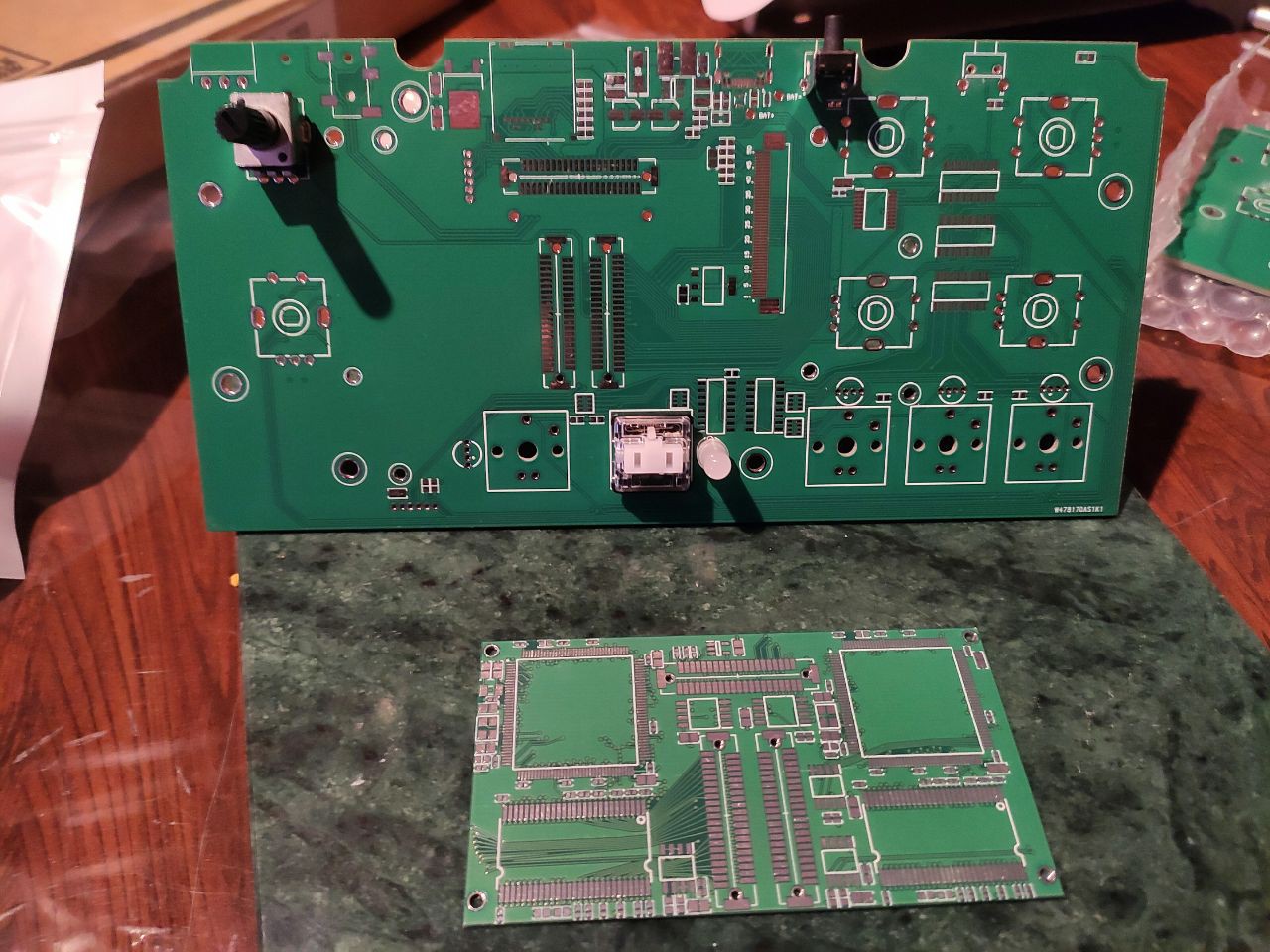
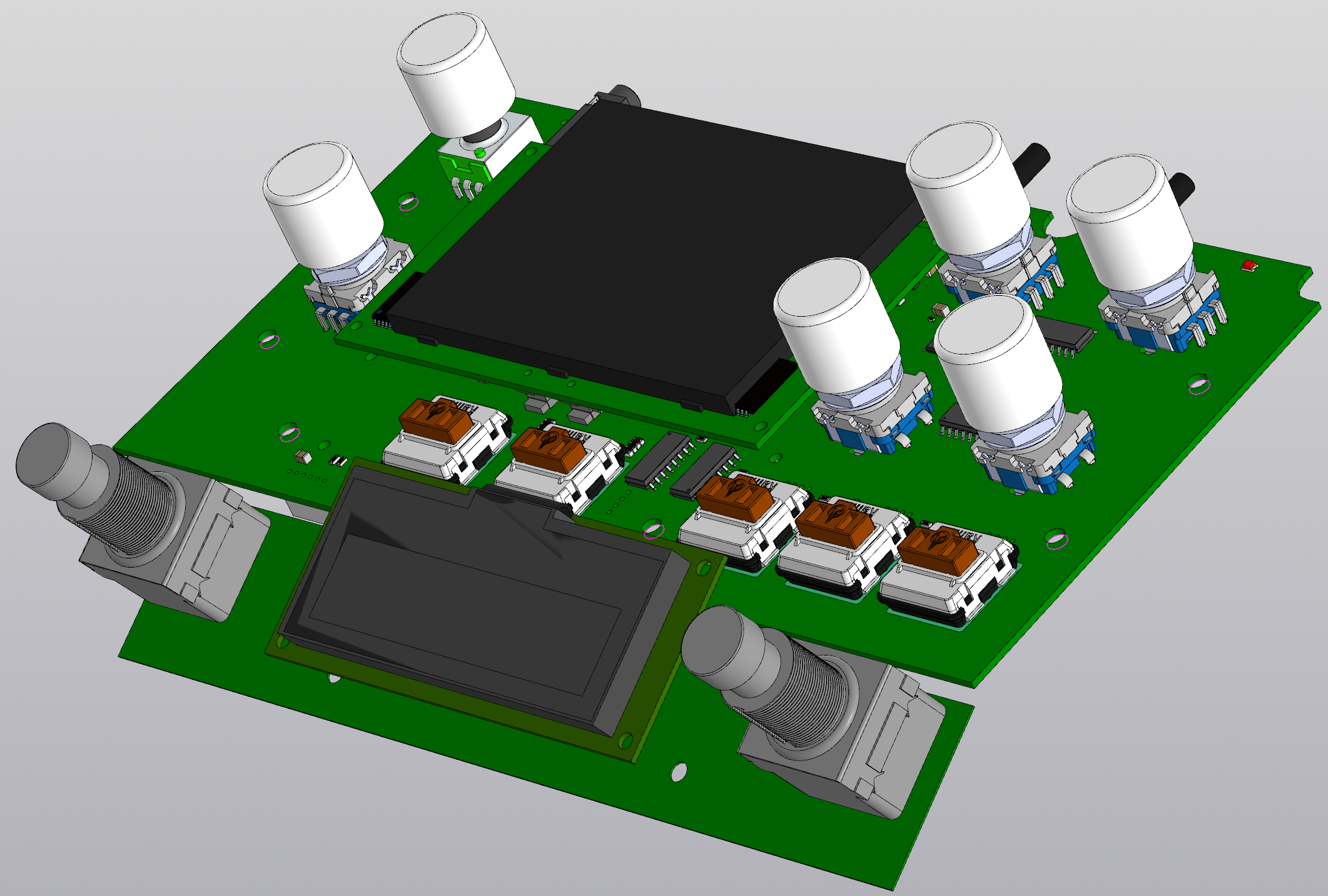
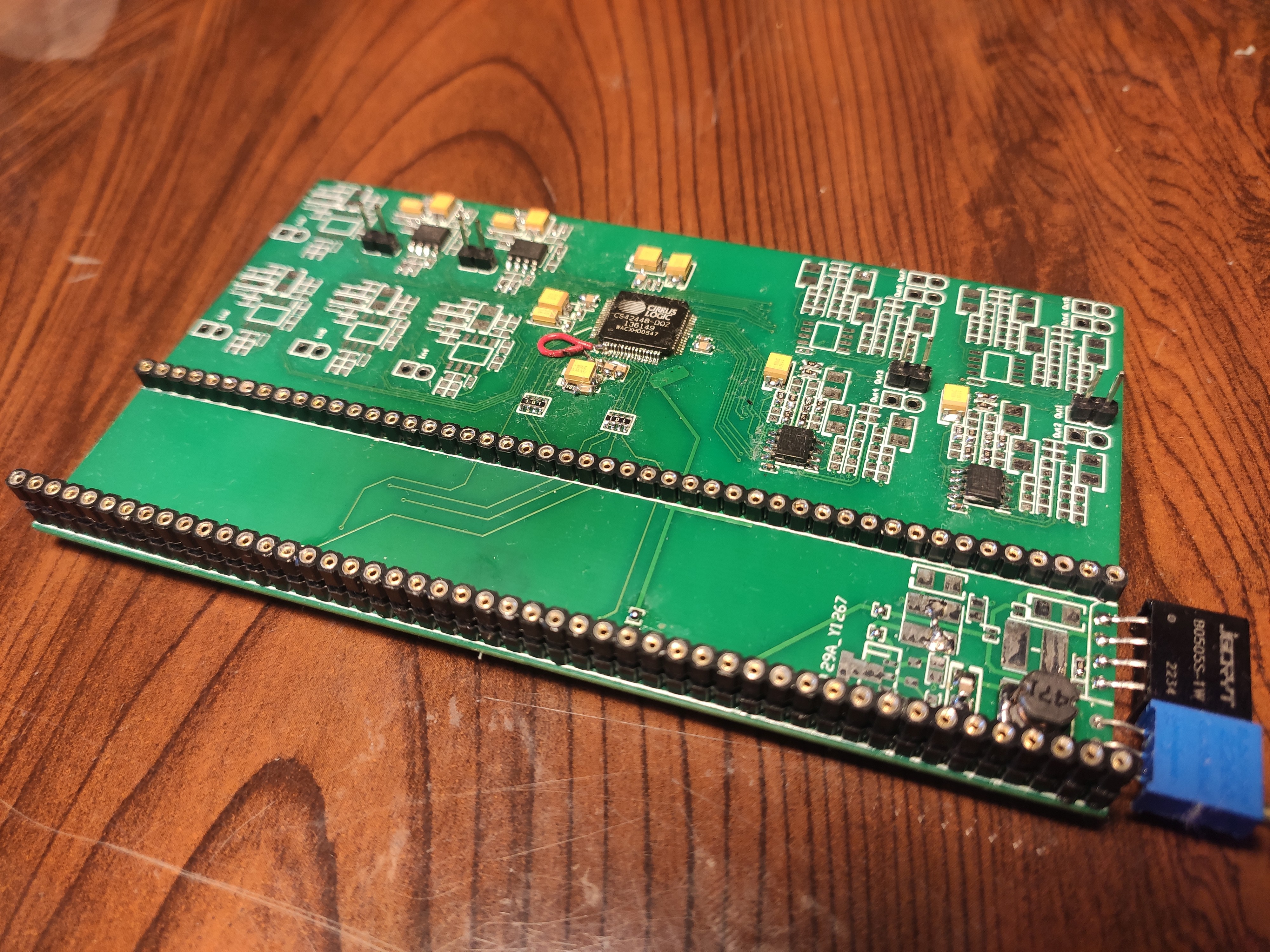

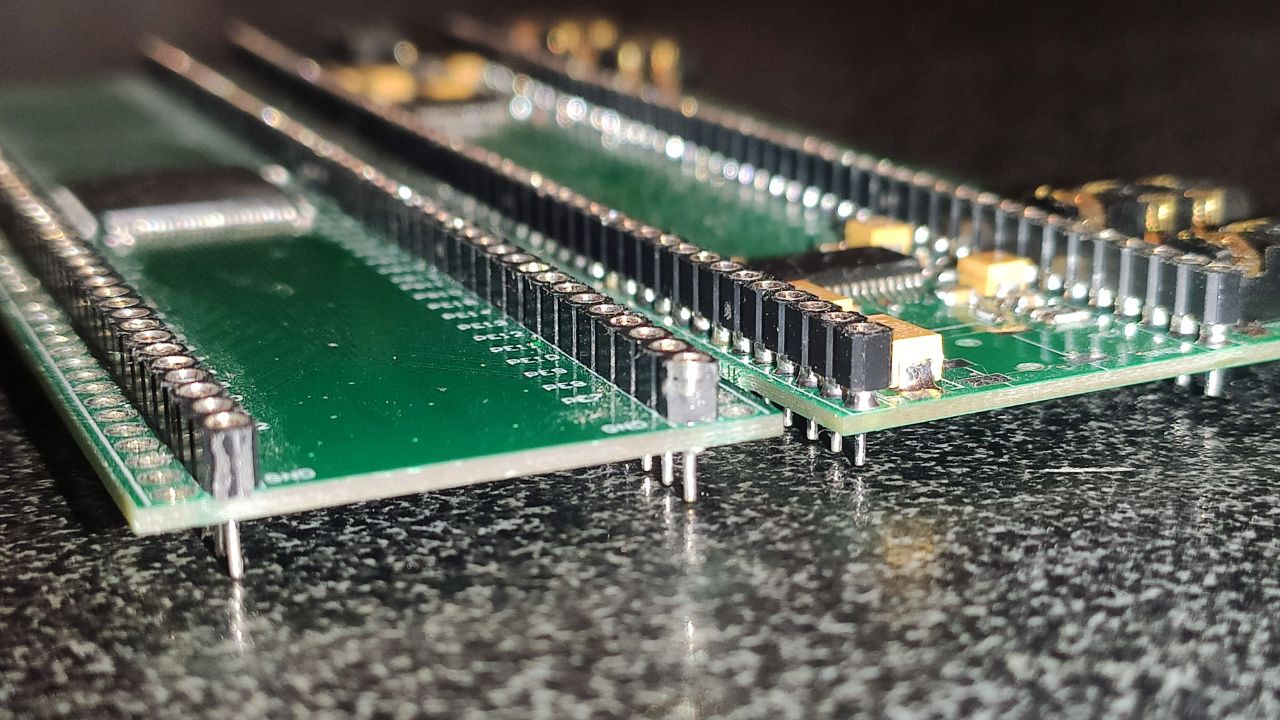

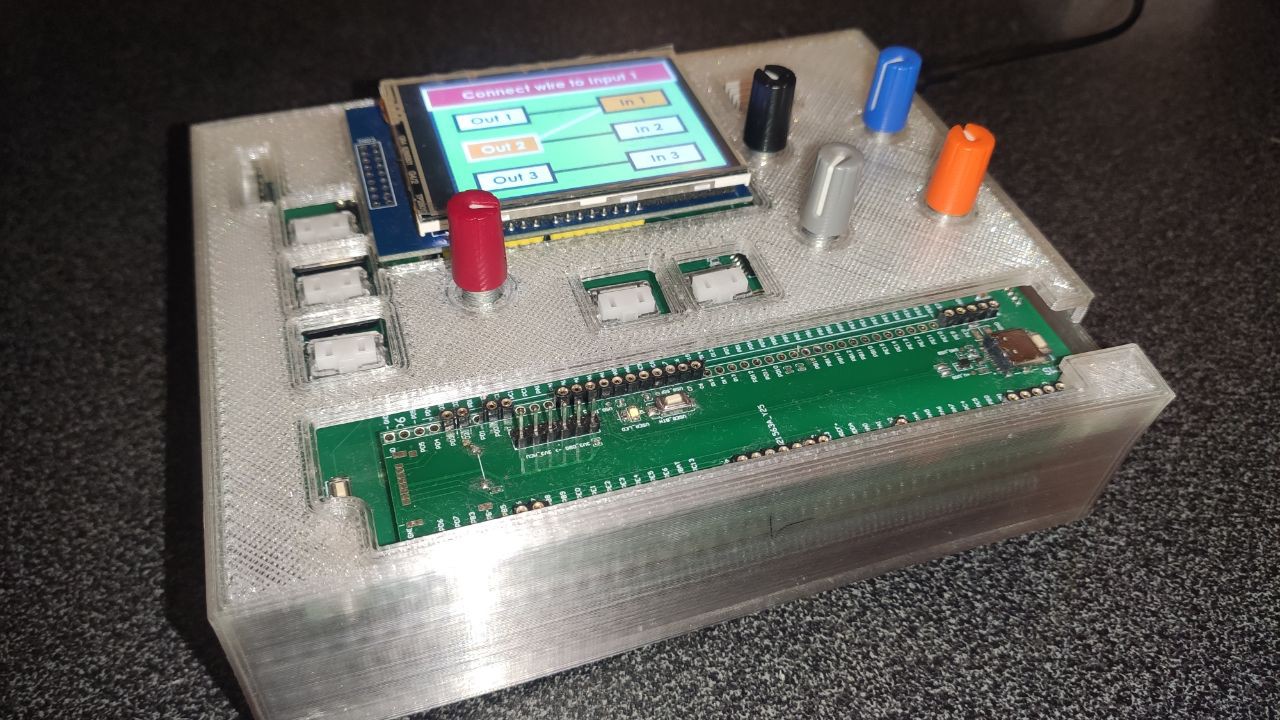

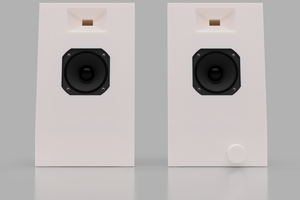
 Davide Ercolano
Davide Ercolano
 Fabien-Chouteau
Fabien-Chouteau
 Furrtek
Furrtek
 Maarten Janssen
Maarten Janssen